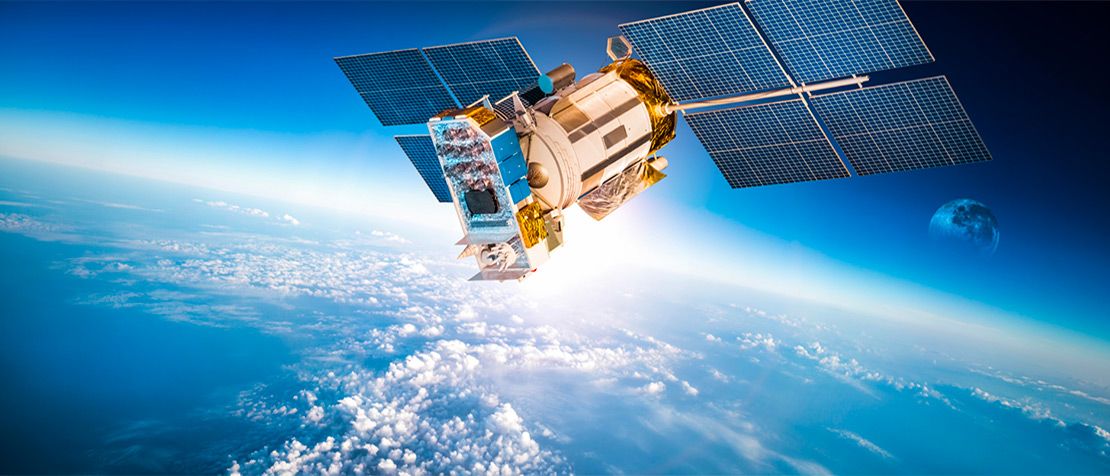
ITU expert guide to precise time synchronization with Global Navigation Satellite Systems
The first edition of the ITU Technical Report “Considerations on the Use of GNSS as a Primary Time Reference in Telecommunications” provides expert guidance to achieve the precise time synchronization essential to emerging 5G systems.
Global Navigation Satellite Systems (GNSS) are the world’s principal source of precision timing.
An in-depth understanding of GNSS from the standpoint of timing and synchronization is very important to the telecommunications sector as well as other critical infrastructure sectors relying on GNSS for timing, such as financial services, power and transportation.
The Technical Report will support industry in ensuring optimal GNSS reception for telecom applications in critical need of highly accurate time recovery, with emerging and envisioned 5G applications among the best-known examples.
It provides telecom operators, equipment manufacturers, silicon vendors and test equipment vendors with an overview of the challenges to optimal GNSS reception and the methodology to mitigate these challenges.
In GNSS navigation applications, positioning is the goal. But in telecom applications, the focus is accurate time recovery with stationary receivers, receivers that provide accurate time to equipment such as primary reference time clocks (PRTCs) and base stations in mobile networks.
The Technical Report describes the various GNSS systems operating around the world, focusing on the aspects of GNSS systems important to time delivery. It looks at the ability of multiband GNSS to mitigate ionospheric effects and also discusses other sources of potential GNSS timing degradation such as space-based and terrestrial-based interference.
See the figure below for an example of terrestrial-based interference caused by buildings reflecting signals from satellites not visible to satellite antennas.

Figure: Multipath signal interference from non-visible satellites and its effect on timing
ITU standards for precise time synchronization with GNSS
Timing and synchronization have always been fundamental to successful telecoms but the introduction of packet-based communications made timing and synchronization more important, and more challenging.Advances through 3G, 4G and 5G have called for more and more precision, increasing industry demand for the timing and synchronization expertise of ITU-T Study Group 15 (Transport, access and home). This expertise is found in its working group for ‘network synchronization and time distribution performance’ (Q13/15).
The most accurate clocks specified by ITU standards – the PRTC Class B defined by ITU G.8272 and the enhanced primary reference time clock (ePRTC) defined by ITU G.8272.1 – require timing accuracy within tens of nanoseconds of coordinated universal time (UTC). Both the PRTC Class B and the ePRTC include advanced GNSS as a primary component. A new clock under study in Q13/15 – the coherent network primary reference time clock (cnPRTC) – is also highly reliant on GNSS.
ITU standards make it possible to design synchronization networks able to withstand a prolonged loss of GNSS without the loss impacting network performance.
One of the documents in the ITU G.827x series, ITU G.8272.1, enables highly accurate time synchronization and levels of reliability translating into holdover capabilities up to several days, with technology typically based on a combination of GNSS and atomic clocks (e.g. cesium clocks). Reflecting the latest developments in atomic clock technology, a future update to ITU G.8272.1 is projected to include an option for holdover periods potentially as long as 80 days.
For all ITU standards under development in Q13/15, see the Q13/15 work programme.
Learn more about ITU-T Study Group 15
The international standards developed by ITU-T Study Group 15 define networks, technologies and infrastructures for transport, access and home.
For all working groups of ITU-T Study Group 15 (‘Questions’), see list of Questions and Rapporteurs.
To learn more about ITU-T Study Group 15, contact tsbsg15@itu.int.
- Executive Summaries of past SG15 meetings
- All ITU standards under development in SG15
- All ITU standards under SG15 responsibility
